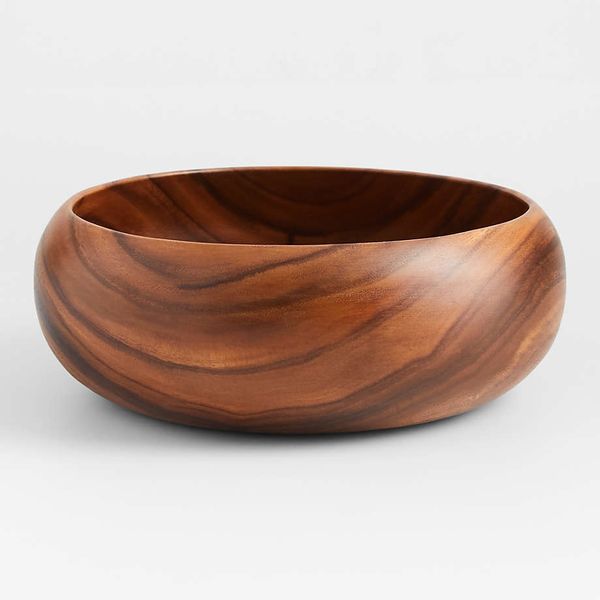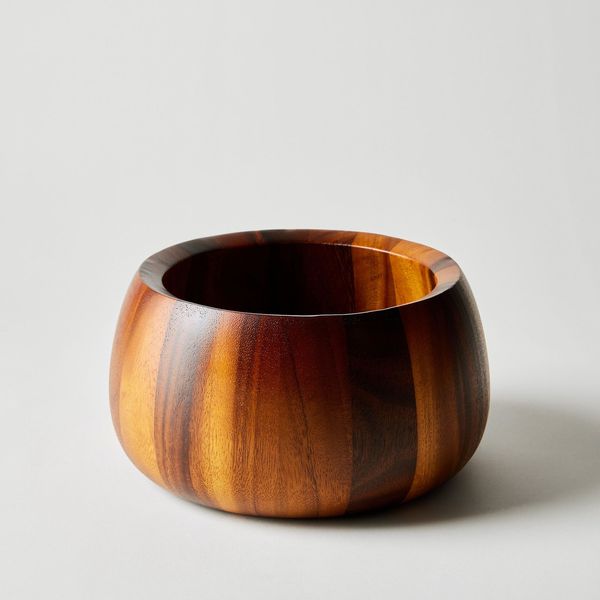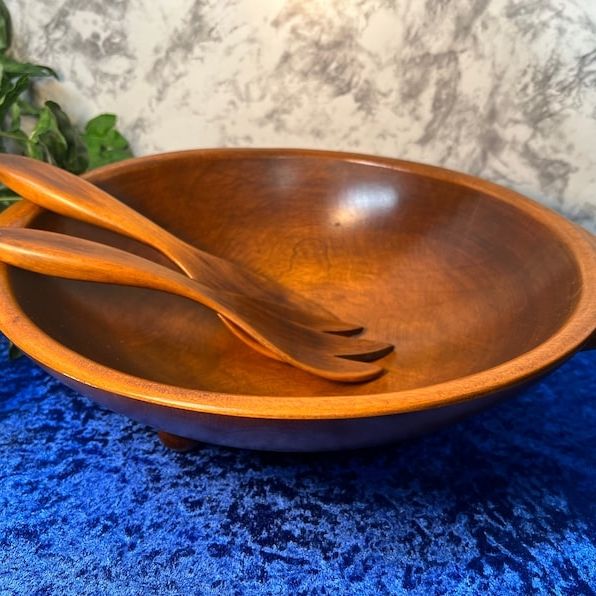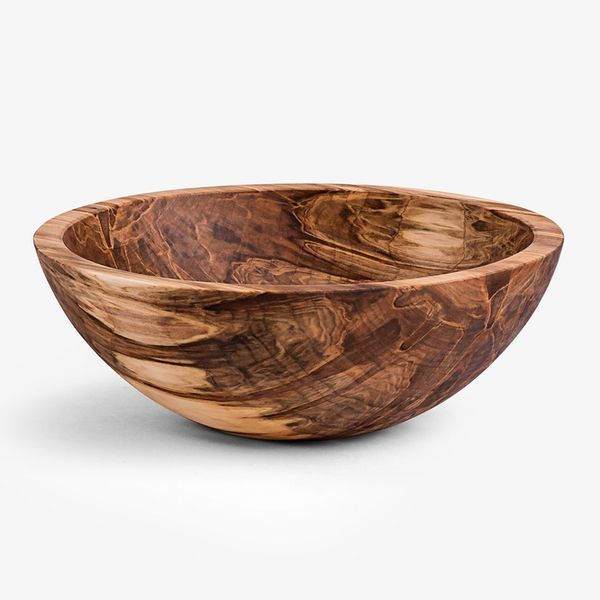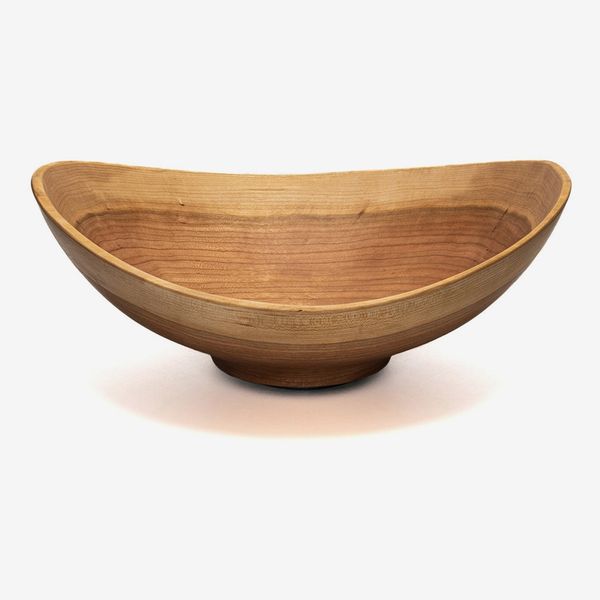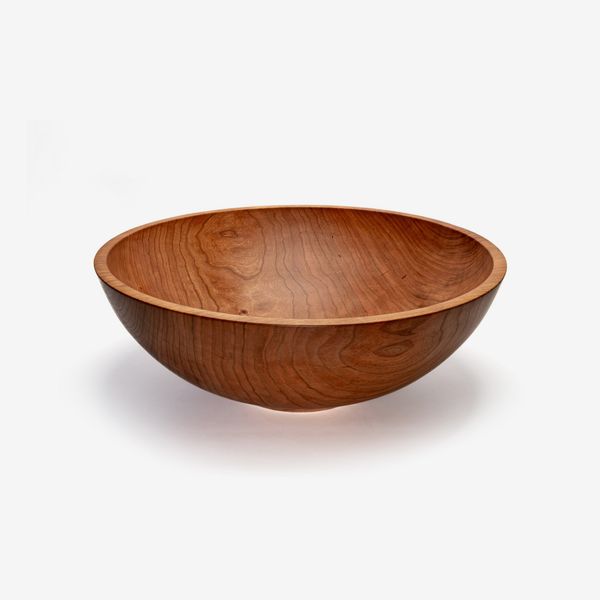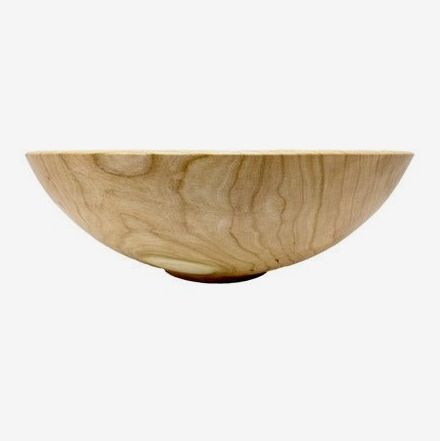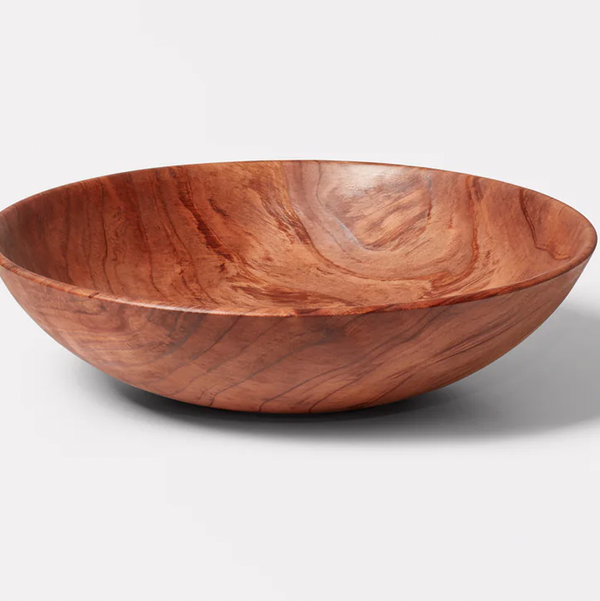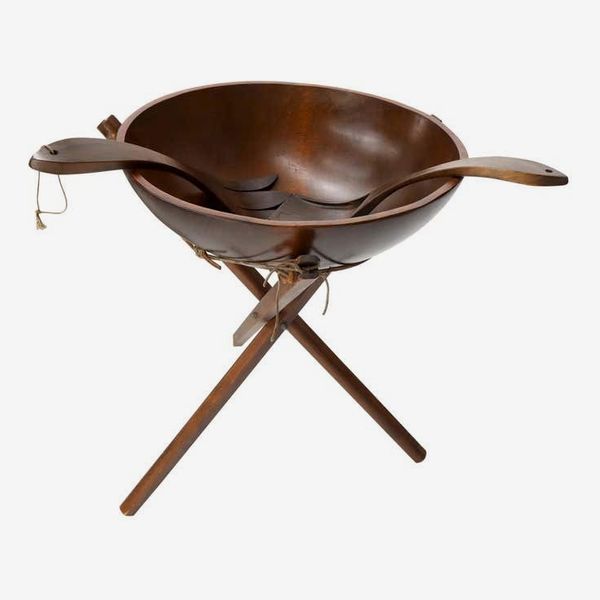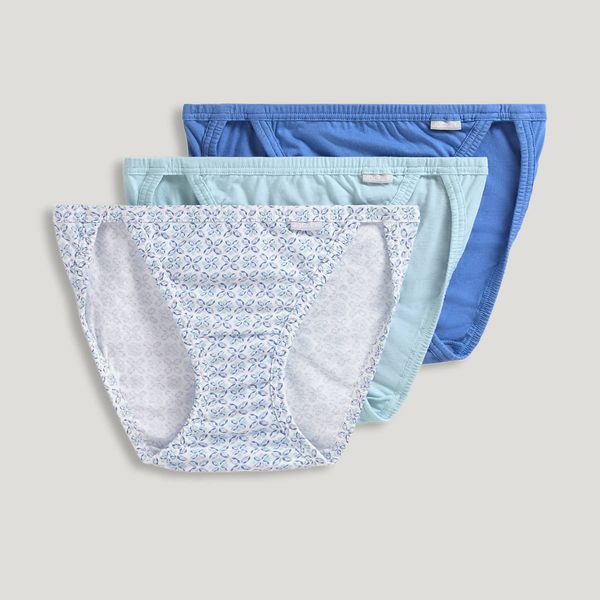
A wooden salad bowl, because of its heirloom quality and high price tag, can feel aspirational, like something you’d put on a wedding registry. But you don’t have to wait for a momentous life event to purchase one. If you know where and what to look for, you can find a beautiful bowl in a range of sizes and wood types for every budget. To bring you the best wooden salad bowls out there, I reached out to chefs, cookbook authors, restaurant critics, and other food writers to ask about the ones they swear by — and in many cases, give as gifts.
As far as what you should consider when choosing a wooden salad bowl, the type of wood matters. A hardwood like cherry or walnut, which, according to a sales associate I spoke to at Andrew Pearce, a Vermont-based company whose bowls are a favorite among the experts I consulted for this story, holds up well over time and has less pitch (aka resin) than other varieties of wood. Wooden bowls may require a little more maintenance than those made of ceramic or stainless steel, but as long as you hand wash and dry them immediately after use and occasionally oil the wood to keep it from cracking, they are easy to incorporate into your daily dining ritual and will remain beautiful over the years. Below, nine of the best wooden salad bowls, according to folks who make a lot of salads.
Wooden salad bowls $110 and under
Several cookbook authors I spoke to swear by this acacia bowl from Crate and Barrel. Andrea Nguyen, author of several cookbooks on Vietnamese cuisine including her most recent, Ever-Green Vietnamese; Monique Volz, founder of website Ambitious Kitchen and author of forthcoming cookbook The Ambitious Kitchen Cookbook; and Dan Pelosi, aka GrossyPelosi and author of Let’s Eat; all love how the wood looks. Nguyen calls out the “stunning acacia grain” and how “handsome and organic looking” it is, while Volz says she was taken by how “gorgeous” it is. Pelosi particularly loves its large size (he has the 14-inch bowl) “and the way its rounded sides appear to be literally hugging the contents of the bowl.” In terms of maintenance, Nguyen, who uses the 10.5-inch size for serving salads and “the occasional wet item like a curry or stew,” likes that it’s lightweight and easy to care for: she washes it right after the meal and refreshes the bowl with wood conditioner when she oils her cutting boards.
A couple of the experts I reached out to for this story turn to vintage and secondhand sources for their wooden salad bowls. Food writer Colu Henry found the “love of my life Dansk salad bowl” at an estate sale in Hudson about ten years ago and has been using it ever since. (It’s even featured on the back cover of her most recent cookbook, Colu Cooks: Easy Fancy Food.) “They have been making them since the 1960s, and I love that it leans retro and by nature has a sculptural vibe,” she says. She likes it so much that she displays it on her bookcase when it’s not in use. While hers is vintage, Dansk still manufactures similar styles, like this tulip-shaped one made from acacia.
Greta Caruso, co-author of the newsletter The Green Spoon, calls herself “a zealous vintage kitchen-ware shopper on Etsy,” where she has found many of her favorite salad bowls over the years. She is particularly drawn to one-of-a-kind bowls like this one that has a 12.5-inch diameter and three round balls for feet. (Here are two others she’s bookmarked.) It comes with matching serving utensils, too, making the bowl a great value. When shopping for vintage pieces, Caruso recommends reading the product description carefully to make sure the bowl is food safe and the appropriate size, “not 1-inch wide and intended for a dollhouse, but that’s part of the thrill of online vintage shopping,” she says.
This salad bowl from Ontario-based Stinson Studios is hand-turned from ambrosia maple, a type of wood that gets its name — and distinct coloring and patterns — from fungus left from an infestation of the ambrosia beetle. It’s the bowl that New York Magazine’s chief restaurant critic Matthew Schneier has at home. When it’s not being used for salad, it acts as a vessel for onions and shallots, and, according to Schneier, has held up well over the years with minimal effort.
Wooden salad bowls $250 and up
Hannah Goldfield, New Yorker restaurant critic and food writer, and Trinity Mouzon Wofford, founder of wellness brand Golde, both swear by the bowls from Hartland, Vermont–based maker Andrew Pearce, where each piece is hand-turned from a single piece of wood, either cherry or walnut. (You can actually watch the craftspeople make the bowls when you visit the flagship store.) “We received this bowl as a wedding present a couple of years ago and it’s really special,” says Mouzon Wofford. The oblong bowl has a live edge, which gives it a natural, rustic look. “It’s a splurge, but I love having small art pieces in my life that get used and worn in,” she says.
Goldfield has a sizable collection of wooden salad bowls from Andrew Pearce and other makers in Vermont, where her mother’s family lives. Her favorite is the classic Champlain bowl in one of the largest sizes, which she has in cherry. “I love how enormous it is, which is essential for a dinner party,” she says. “It’s dramatic, beautiful, and practical, too. It leaves you so much room for tossing, which I’m very particular about with salads — you need enough volume to properly toss or otherwise you have vegetables flying everywhere and can’t achieve proper dressing distribution.” In terms of maintenance, Goldfield says they hold up well, and all she does is wash and dry them. (The manufacturer recommends using its refined walnut oil for regular upkeep, but Goldfield says she’s only used it about once or so.)
The hand-turned bowls can get expensive as they increase in size, but buying seconds, or bowls that have slight flaws like knots, repaired cracks, or kiln markings, is a good way to save a little money — 20 percent, to be exact. Seconds can also have more personality. “Whenever I’m in town and in need of a wedding gift, I make a point of stopping and spending an hour sorting through the seconds,” says Goldfield. “I look for the ones with the most beautiful coloring and ‘imperfections.’” This “seconds” large-size Champlain bowl costs $320 compared to $400 for a regular one.
Here’s another recommendation from Caruso “if you’re feeling splurge-y and not vintage-y.” The 13.25-inch hand-turned bowl is from Permanent Collection, a design company founded by her Green Spoon co-author Fanny Singer, and is made from salvaged redwood by Oakland, California-based studio Joinery Structures. The bowl is part of Alice’s Kitchen collection, and 5 percent of every purchase from the collection is donated to the Edible Schoolyard Project, a nonprofit founded by Alice Waters.
Julia Sherman, author of cookbook Salad for President, found a wooden salad bowl with a stand meant for table-side service at a thrift store. In terms of the shape of the bowl, Sherman prefers “an open, shallow, wide bowl for serving salad, over a deep shape that hides all the parts of your creation,” she says. But a salad bowl of this sort can take up too much real estate on the table, which is why she appreciates the stand. Sherman says this 20-inch bowl made from teak is similar to the one she has, but that you can find other, more affordable ones on eBay as well, like this one that comes with six individual bowls and this one that has a 34-inch-tall stand.
The Strategist is designed to surface the most useful, expert recommendations for things to buy across the vast e-commerce landscape. Some of our latest conquests include the best acne treatments, rolling luggage, pillows for side sleepers, natural anxiety remedies, and bath towels. We update links when possible, but note that deals can expire and all prices are subject to change.

